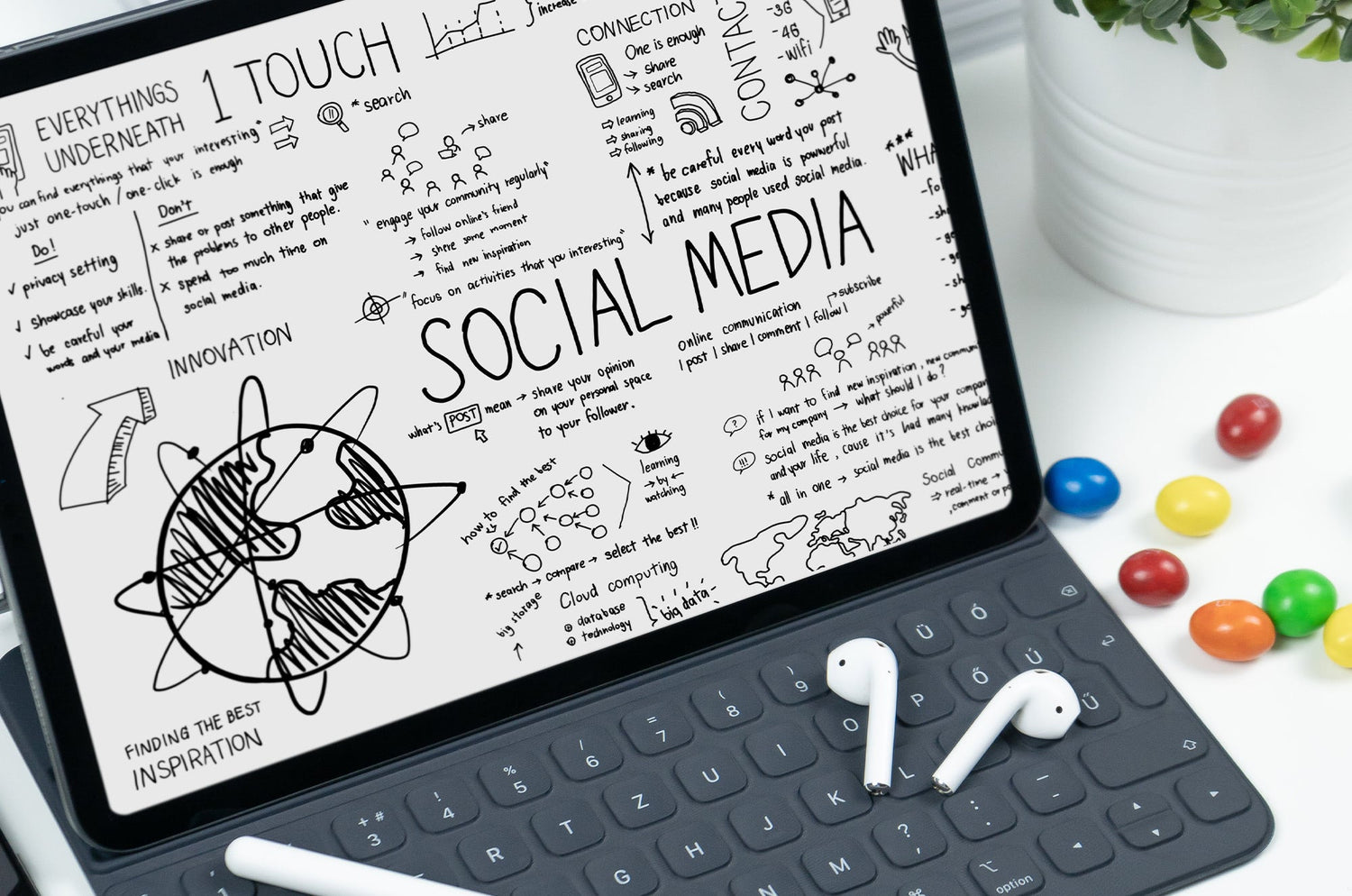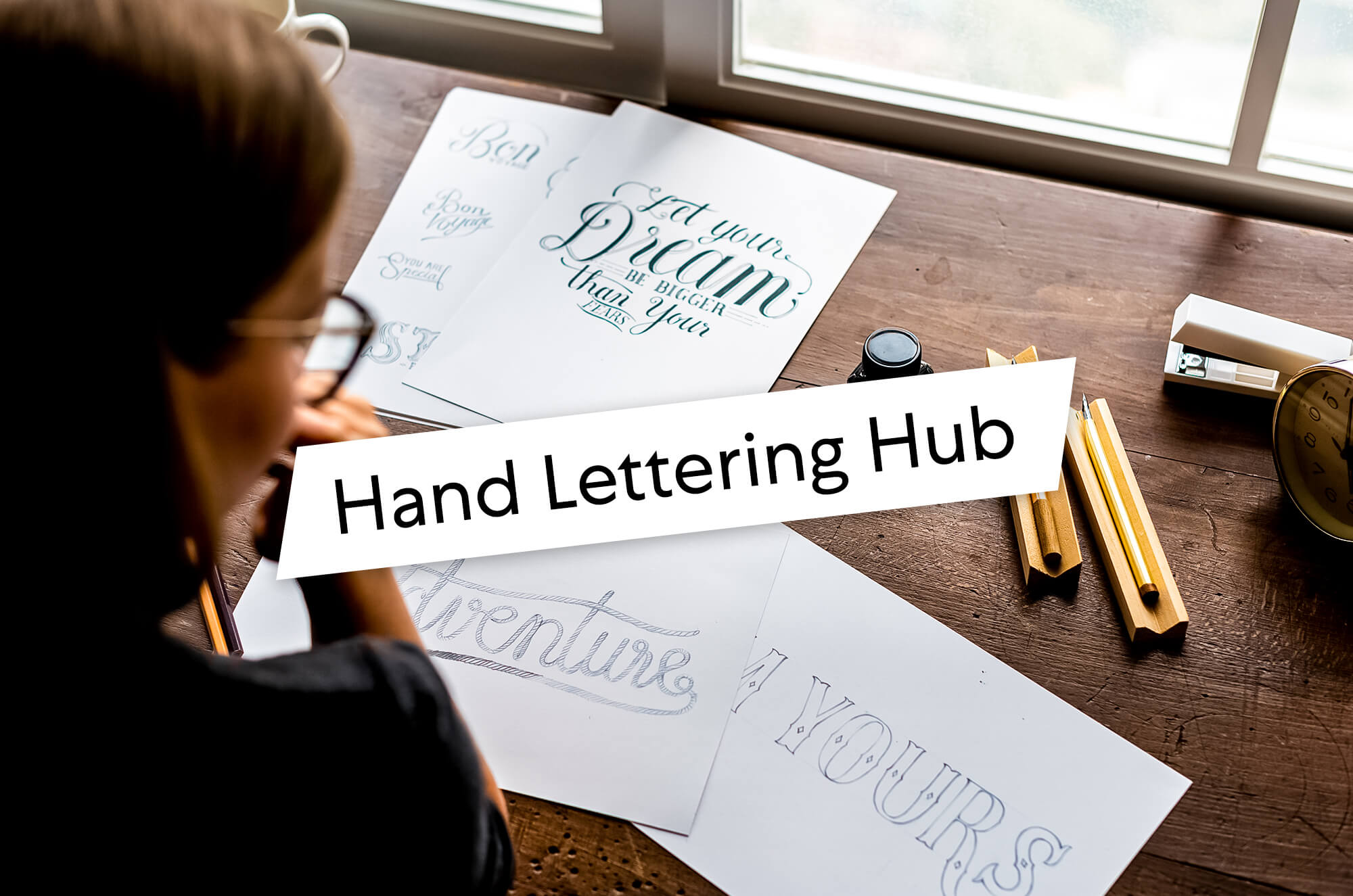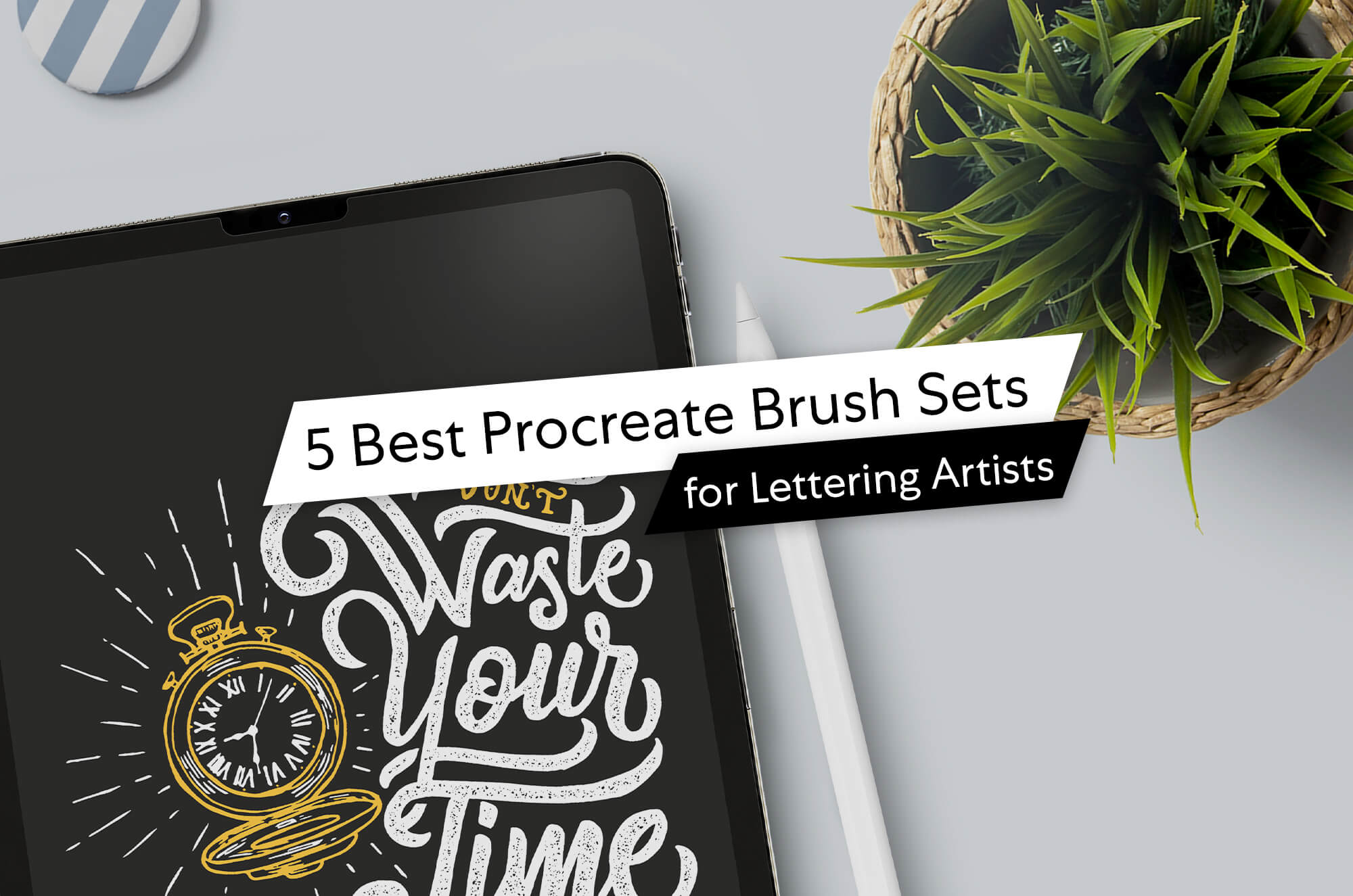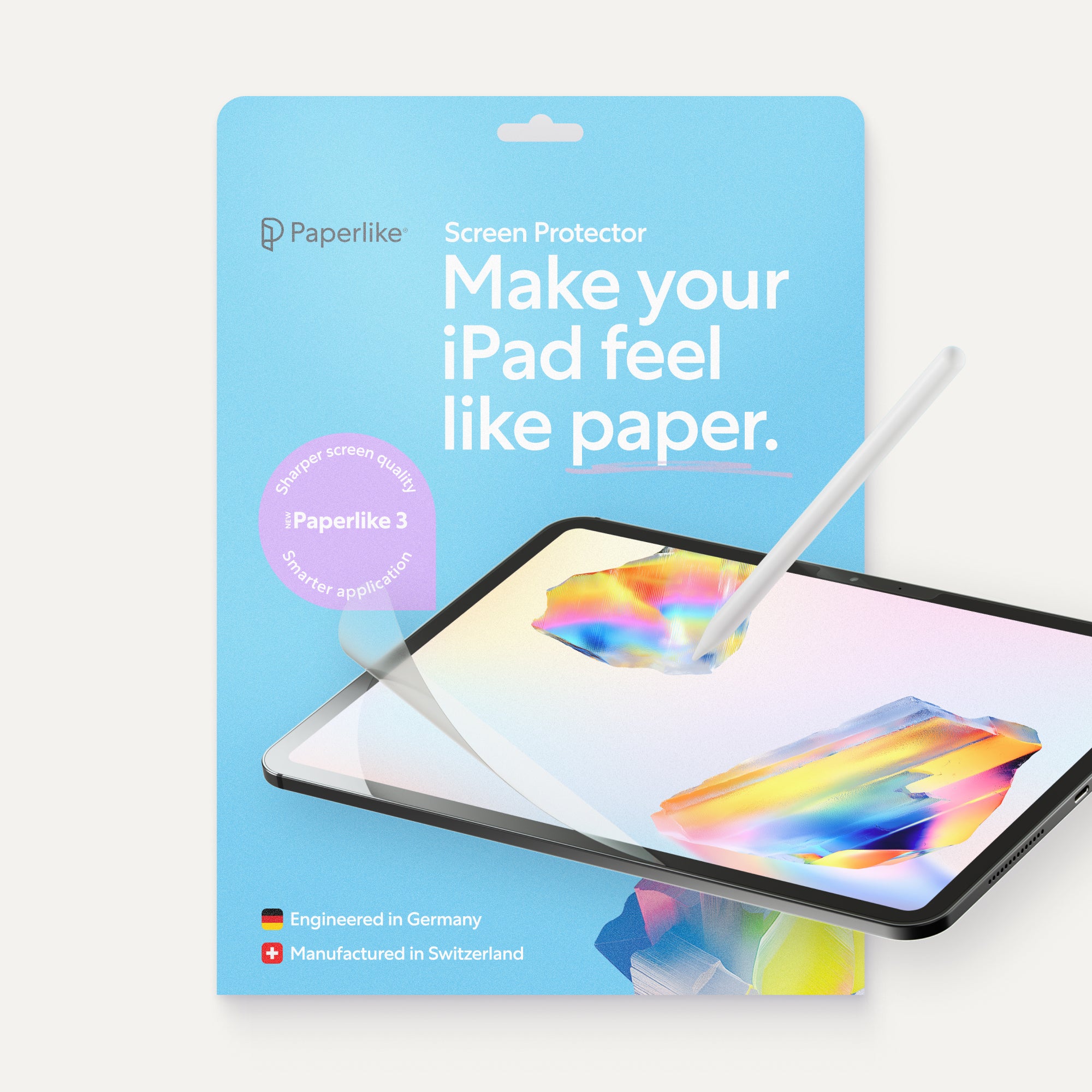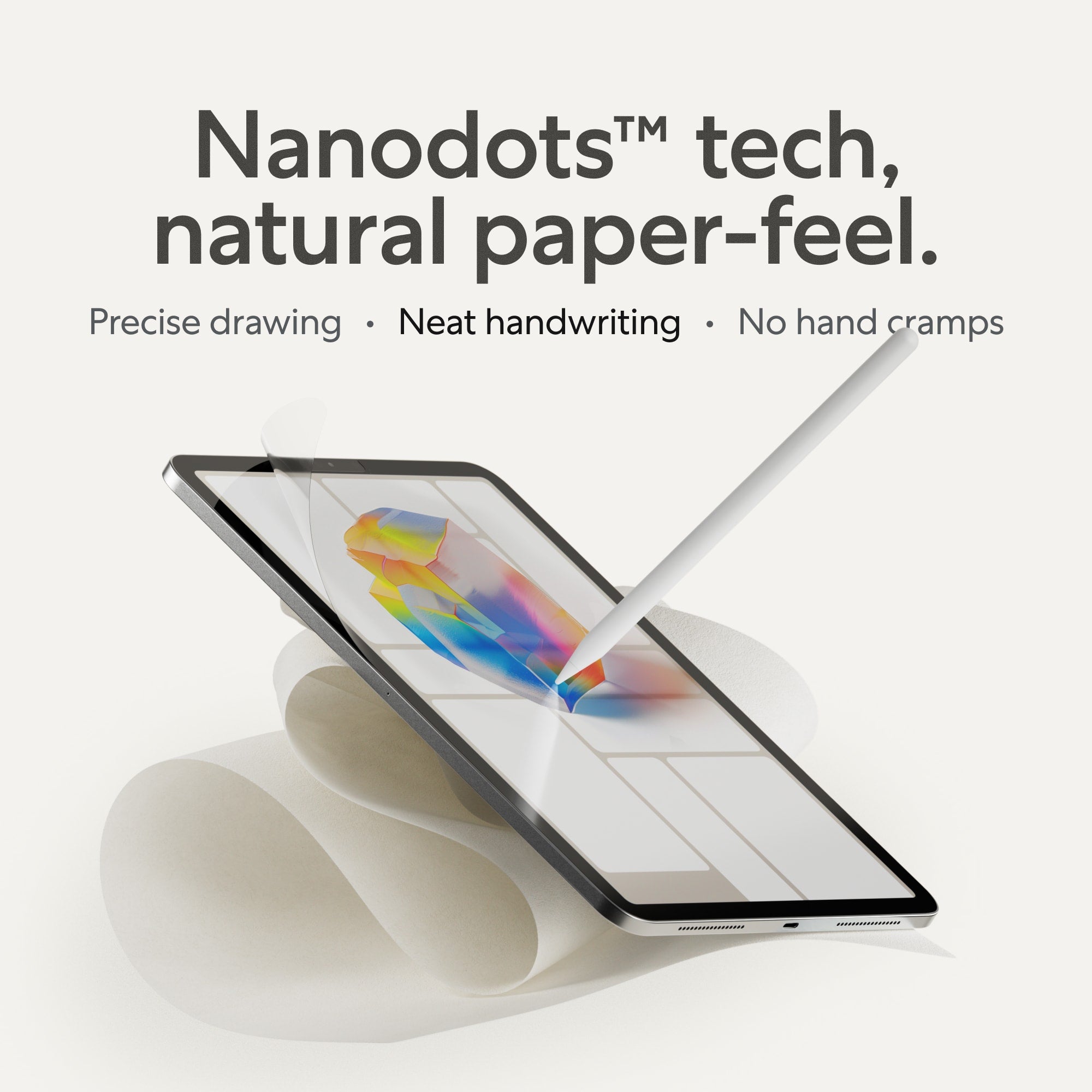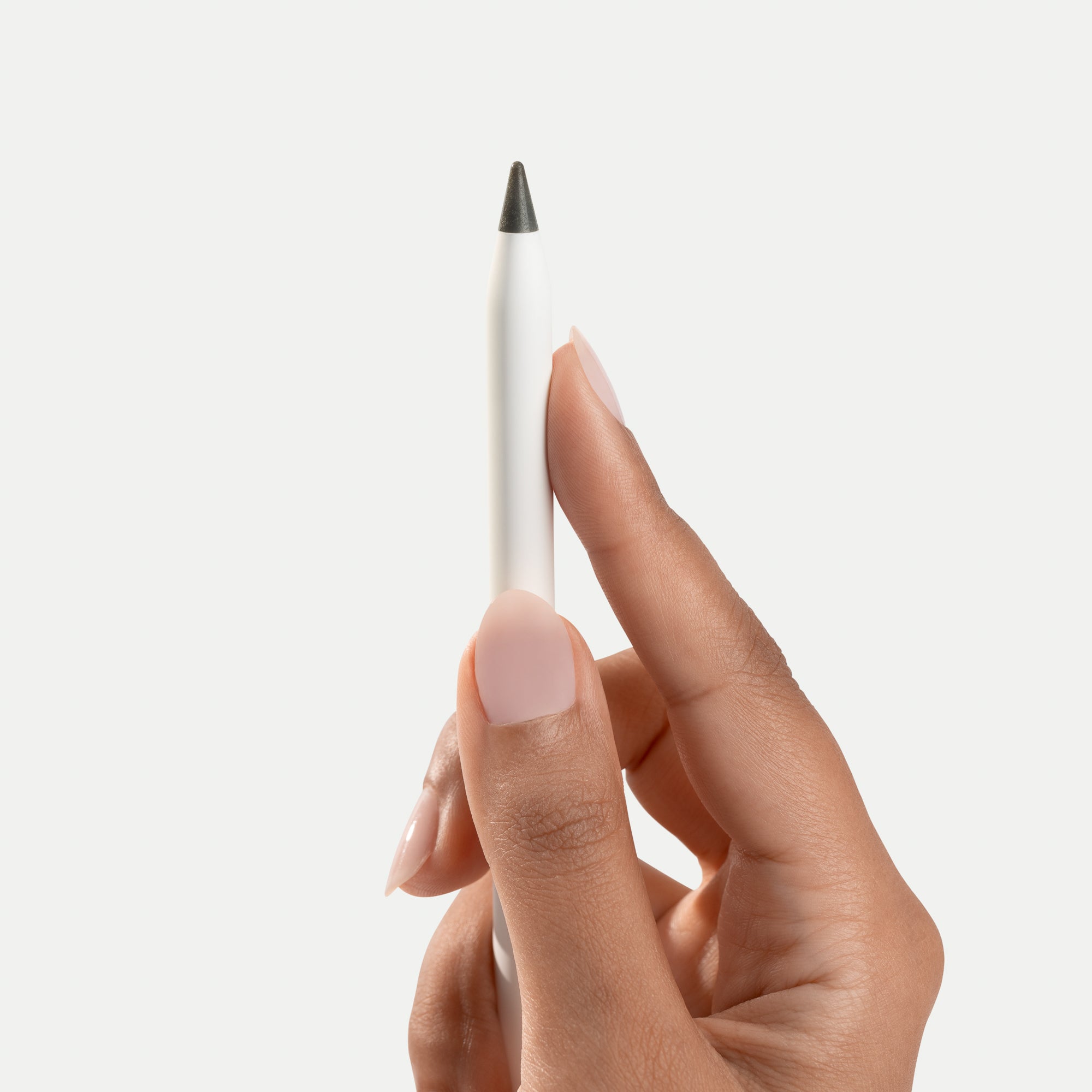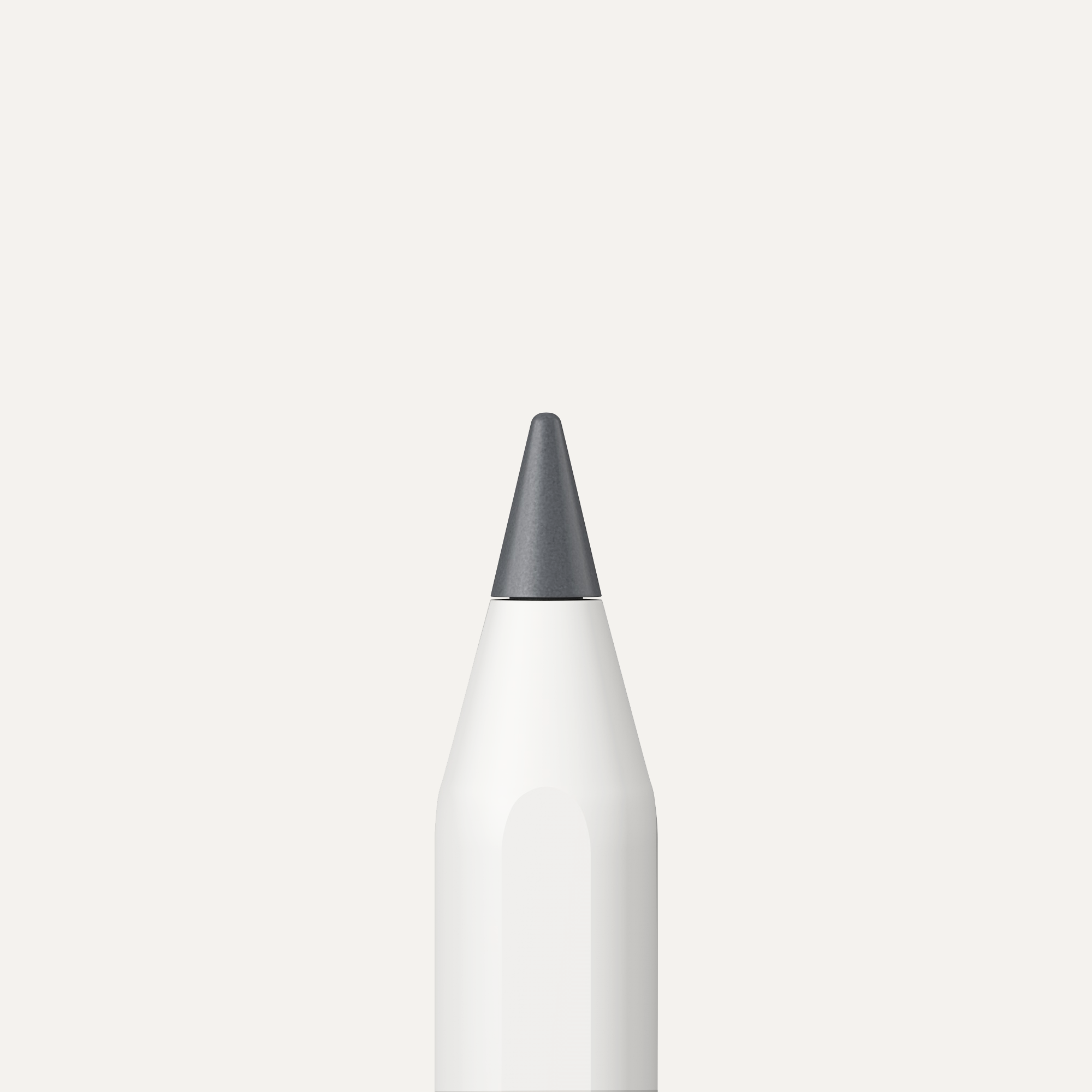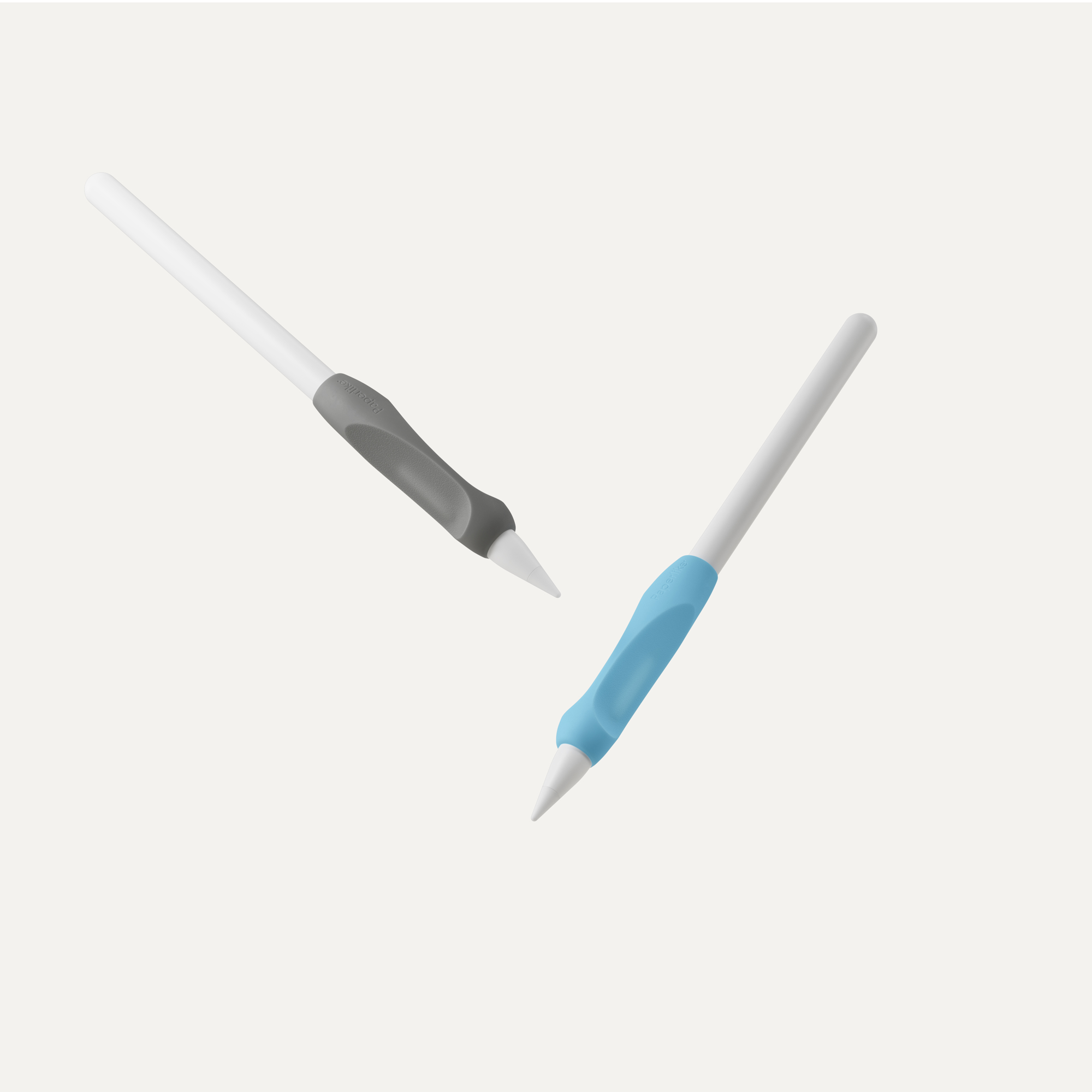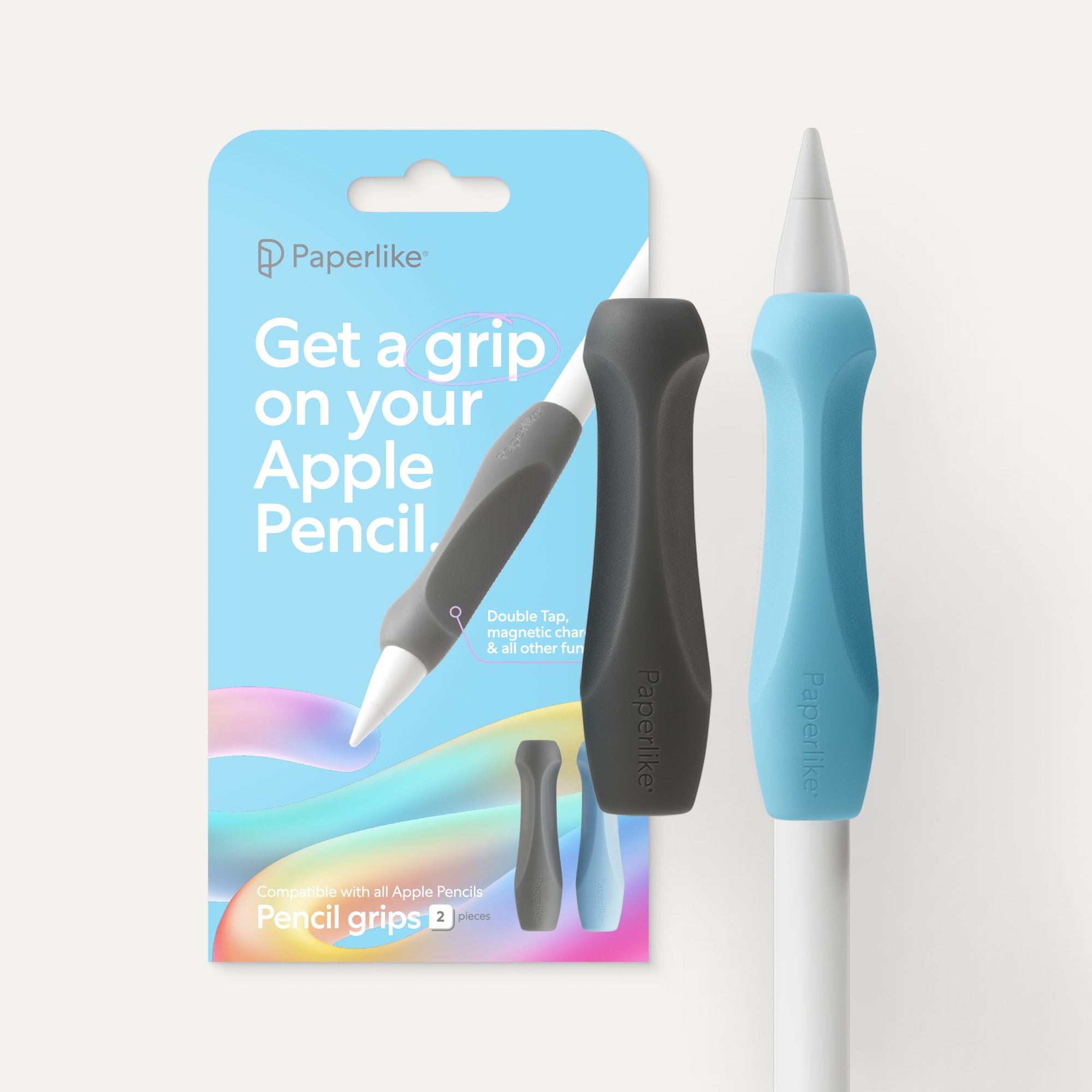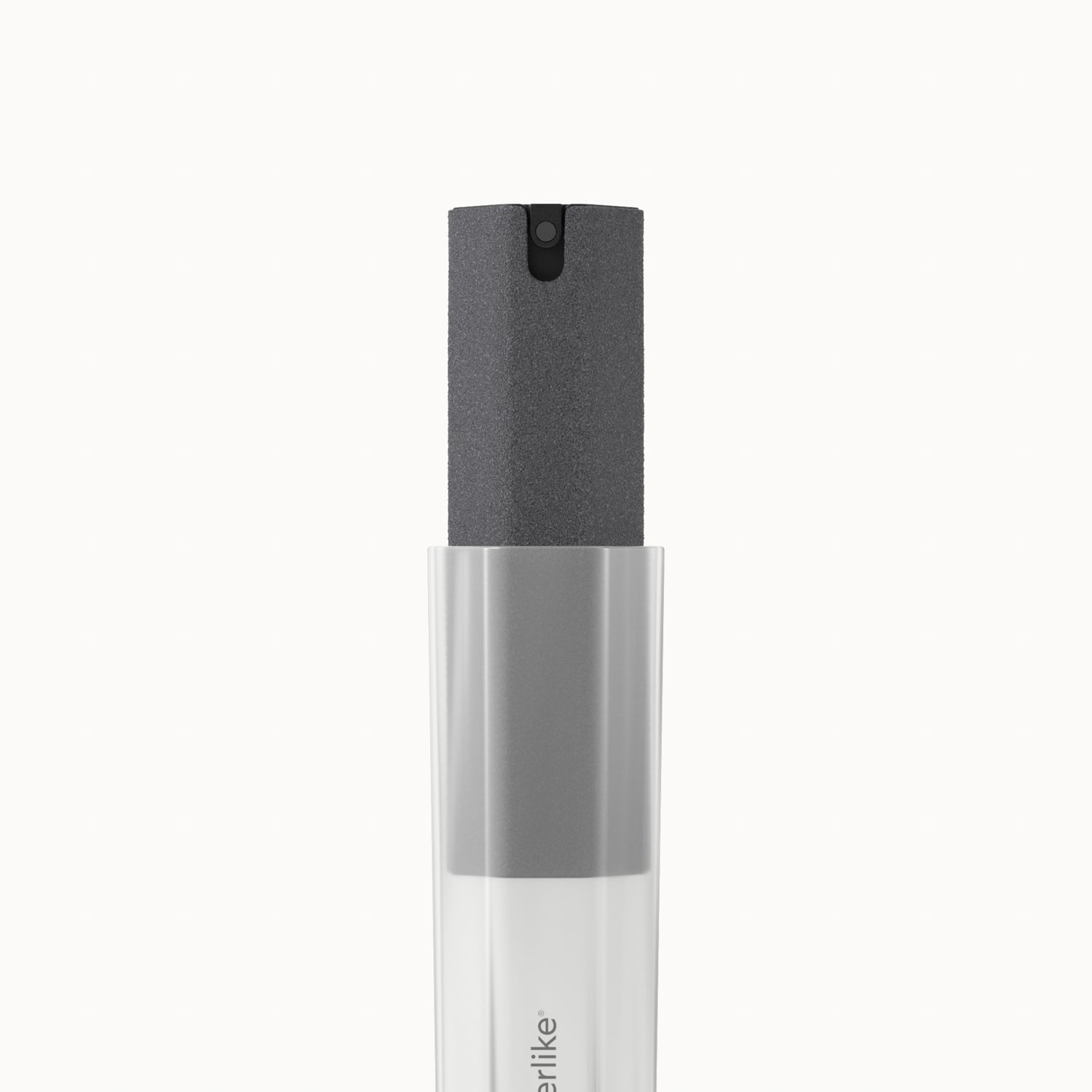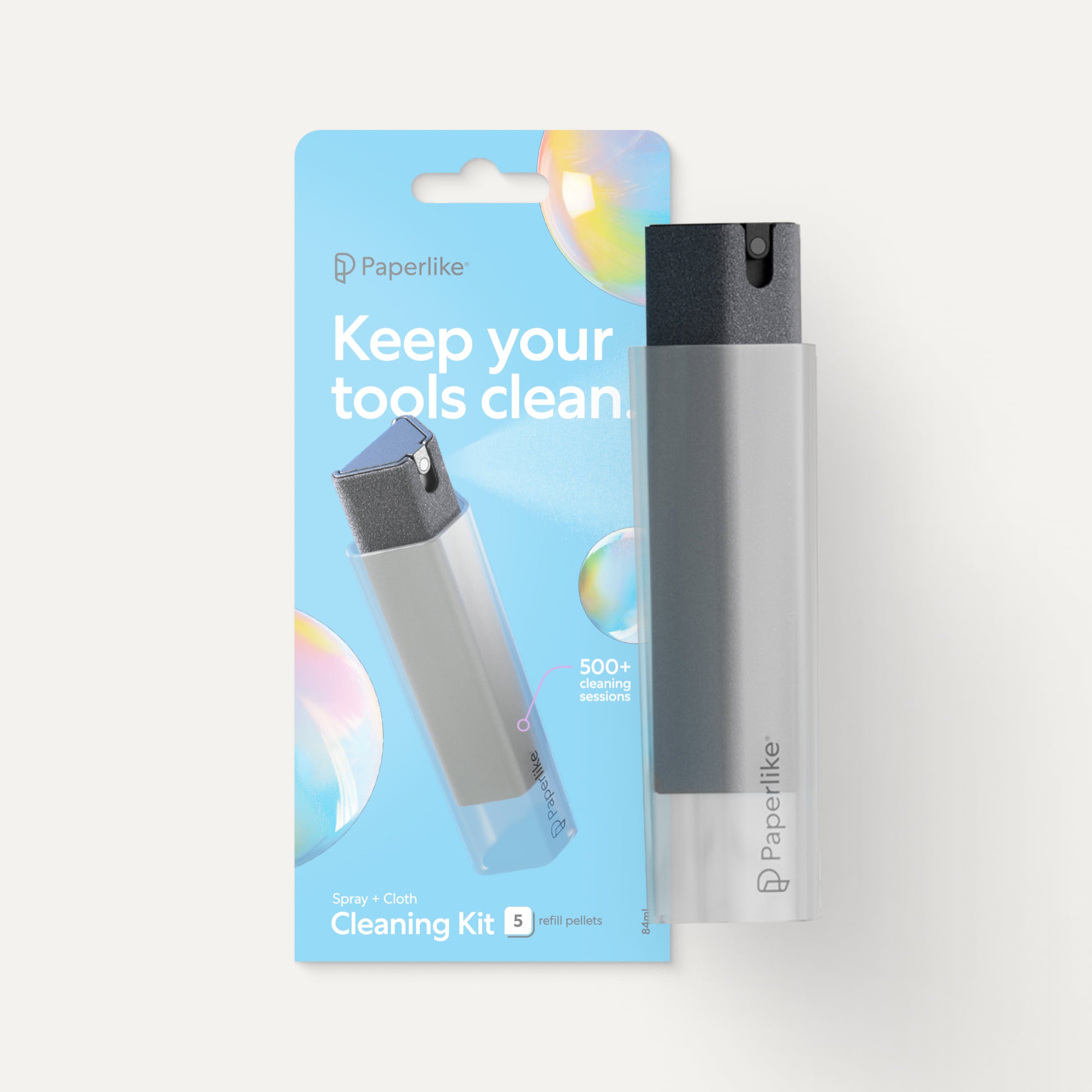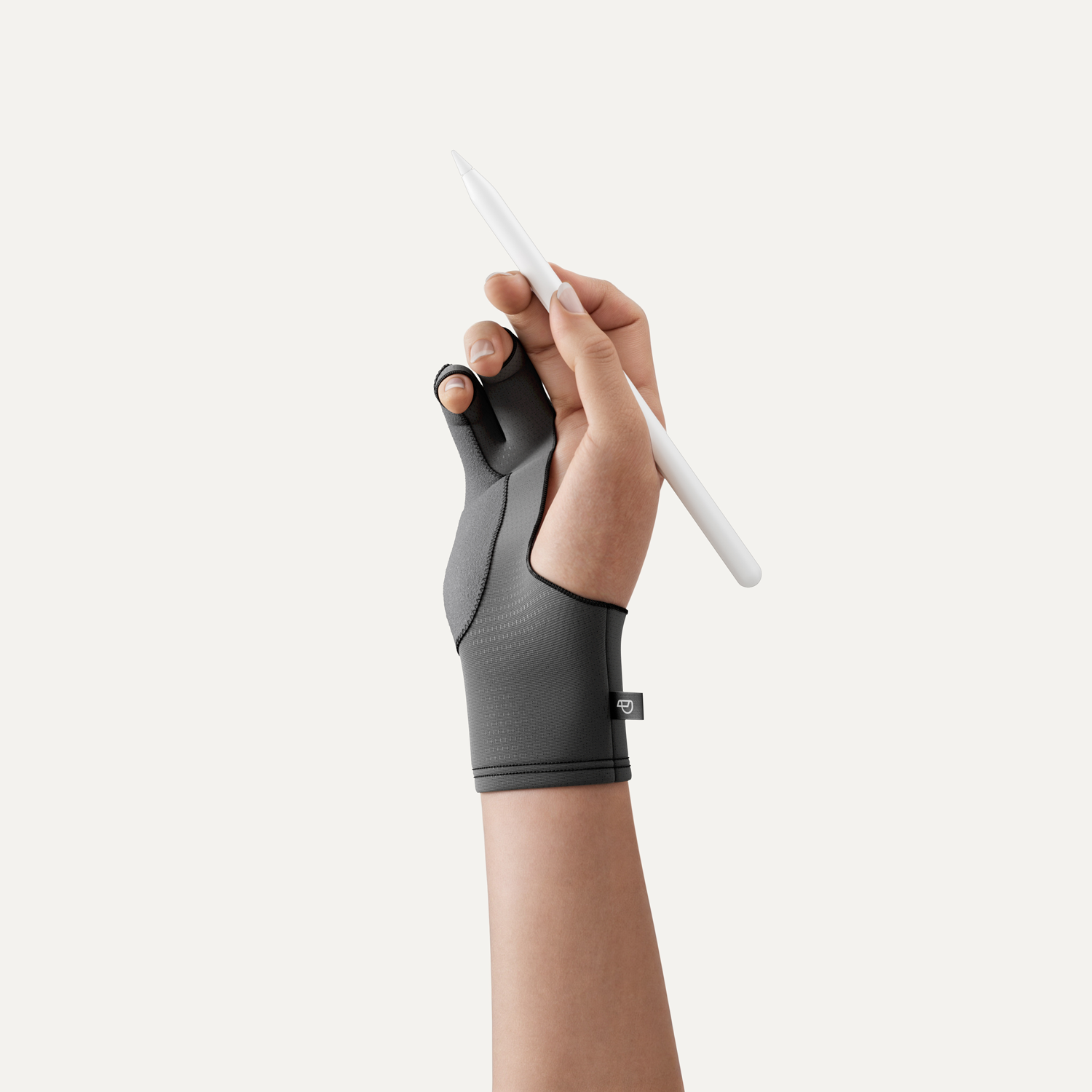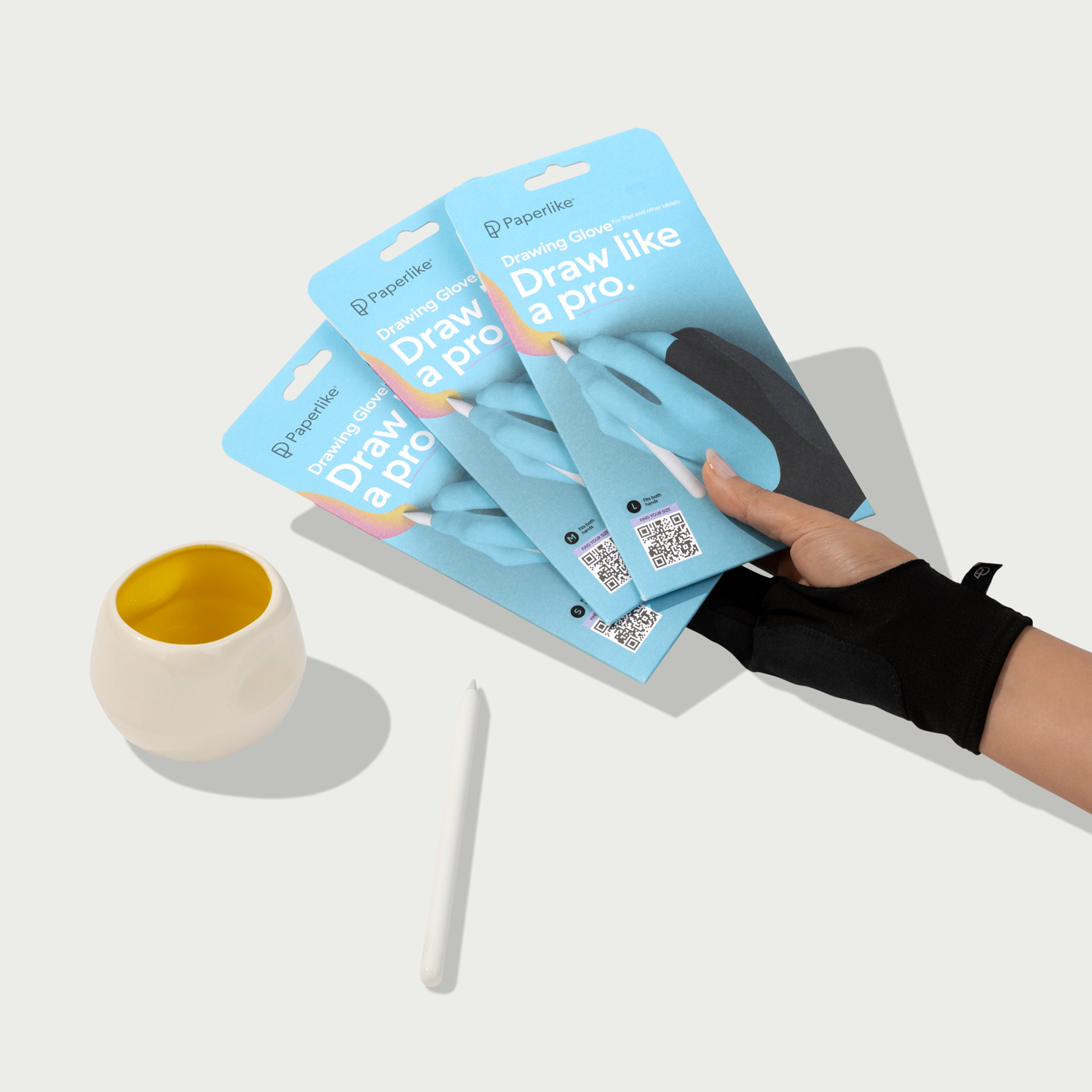When you’re trying to take notes at school or at work, it’s hard to keep up!
While you can type your notes using a laptop or a keyboard, research has shown that writing your notes by hand actually improves memory retention.
In this article, you’ll learn how to take your notetaking to a whole new level using sketchnotes.
Let’s get to it.
#toc#

What is sketchnoting?
Sketchnoting is a visual notetaking technique that combines doodles and illustration with written notes.
When sketchnoting, you’ll sketch your notes into an image that you can use as a reference to remember concepts and ideas rather than writing out long lines of text. Ultimately, this saves time because you don’t have to write out copious notes. Instead, you can capture the information quickly in a visual format and move on with the rest of the lecture.
Sketchnotes are drawn in your own style and can be adjusted to fit your unique study methods. Seasoned sketchnoters build their own visual vocabulary using simple icons to expedite the notetaking process.
So, where can you use your sketchnoting skills?
Anywhere that you might want to take a few notes. Classroom lectures. Office meetings. Sunday morning sermons. Anytime that you feel the need to take notes, sketchnoting can help.
And here’s the best part: You’re actually more familiar with this type of notetaking than you think.

What you already know about sketching and notes
Whether you’ve realized it or not, visuals and graphics are critical to student learning. You’ll find them in school textbooks, how-to books, and even on websites in the form of infographics, charts, and graphs.
Why?
Because every learner has a different learning style. Some students prefer to read the text and write things down. Others study images or hear things spoken aloud.
There is even an acronym for it in pedagogy — VARK — which defines the four methods of learning as “visual, aural, read/write, and kinesthetic.”
From elementary to high school, most educators try to deliver teaching materials using multiple delivery methods to align with these needs.
So, why does this matter to a sketchnoter?
As soon as you know your learning style, you can use sketchnotes to create notes that work for you and for others you might share your notes with.
Though often looked down on in educational environments, a fair amount of research shows that allowing students to incorporate doodling as part of their traditional learning workflow results in significantly higher test scores and information retention.
Sketching and visual graphics play a key role in notetaking, especially if you’re a natural doodler. Sketchnoting allows you to bring your writing and drawing skills together for even better notetaking performance.

Getting started with sketchnoting
You might think that starting out with sketchnoting is as simple as doodling and adding visuals to your notes.
And you’re correct! That’s a great place to start.
But there are also some additional techniques and considerations that you should make if you want to take truly awesome visual notes.

01. Balancing text with visual content
It’s easy to think of sketchnoting as a replacement for traditional notes, but that’s not true for everyone.
Ultimately, every sketch you create is likely to need language to supplement your illustrations, especially if you’re taking notes with the intent to study and learn.
Mike Rohde, author of The Sketchnote Handbook suggests that the balance between sketching and writing notes is a sliding scale. Some topics will require a more text-based approach while other concepts are inherently visual or can be easily interpreted to a visual format.
As you get started with sketchnotes, consider the topics that your notes intend to cover and make sure that a visual approach makes sense. Remember: Your sketches and illustrations should improve the quality of your notes.
Be sure to use appropriate judgment and strive to find an ideal balance between text and graphics.
If you find yourself struggling with this, consider using a preformatted notetaking template pack to find a page layout that works for you. Over time, you’ll get a better understanding of how to best utilize your page space. Until then, templates can be a big help.

02. Creating your own language
One of the most important aspects of sketchnoting is the ability to create a collection of symbols that are easy for you to draw and recognize.
While it’s possible to create beautiful graphics for your notes, the more practical approach — even for well-trained artists — is to develop a visual vocabulary that you can use to quickly jot down ideas.
This approach is critical if you’re taking notes in real time. Taking too much time on any one idea may force you to miss other important thoughts and concepts.
And it’s not just a problem for sketchnoters. Traditional notetakers struggle here, too. It’s why techniques like shorthand writing were invented in the first place!
That’s where your doodles come into play. Think of your visual vocabulary as a kind of shorthand in graphic form. Rather than drawing a fully developed human body, draw a stick figure. Rather than a multi-jointed hand, use a circle and five lines.
When sketching with the intent to take good notes, you’ll need to move fast in order to illustrate concepts in a simple, but memorable, way. Make use of basic shapes like circles, squares, and triangles to create simple analogs of big ideas.
Want some practice with this? Join the Sketchnote Army on Slack and participate in the Daily Doodle challenge (look for the #dailydoodle hashtag). See if you can sketch the daily prompt in 20 seconds or less! (They have a cool podcast, too.)

03. Isolating core concepts
One of the critical things that sketchnotes should allow you to do is isolate and highlight the most important concepts that you receive from any lecture or meeting.
When done with an emphasis on high-level concepts, sketchnoting becomes a different format of illustration known as graphic recording. Often, graphic recorders are hired by conferences or organizations to highlight a speaker’s ideas in a visual format.
Want to see what that looks like? Here’s a great example of graphics used to illustrate TED Talks.
But, with sketchnoting and doodling, you may need to dive a little deeper than these big ideas — especially if you’ll be tested on the subject matter at a later date.
Don’t be afraid to break down those big ideas in greater detail using sketches, doodles, and text. Arrange those big ideas on your page in a way that makes sense and create a sheet of notes that help you gain a better understanding of the topic at hand.

04. Improving memory & retention
Depending on your learning style, sketchnoting may change how you remember specific details about the meetings and lectures that you attend.
If you’re a visual learner, sketching your notes may tie closely to the method of loci, also known as a memory palace. As you draw and commit those details to memory, recalling them during a test can actually be easier than trying to memorize line after line of text.
However, keep in mind that while sketchnoting is one tool for the job when trying to improve retention, it’s not the only tool in your toolkit. Visual references like mind maps, flowcharts, graphs, and other concept mapping tools are also valuable additions to your repertoire.

05. Adopting new methods slowly
Before you pick up your pen or stylus and start sketching your notes, take a minute to consider what kind of drawings would be valuable based on your current situation.
While it may be tempting to dive headlong into the world of sketchnoting, risking everything to get away from traditional notetaking probably isn’t the best approach when you need to pass a test.
Especially when you’re just getting started, have a backup plan that you can use while figuring things out. Use sketchnoting for lectures and meetings that won’t directly impact your GPA or workplace performance.
Better yet: Record your lectures using an audio recorder or a notetaking app like Goodnotes or Notability so that you can refer back to the source material when necessary.
Taking it slow is critical because your mileage will vary considerably based on each class and how the presenter delivers the information that you need to know.

Going further with sketchnoting
There is little doubt that sketchnoting belongs in places where we spend our formative and professional years.
The concept is championed by leaders in business and education, as well as veteran artists who want to apply their artistic skills to everyday life in a practical way.
Here are a few sketchnoting resources to help you explore this topic even further.

Books
If you’re looking for a formal or traditional guide to sketchnoting, books are a great way to tackle this subject. Order or download one and use a sketchbook or notetaking app on your iPad to start your journey with sketchnoting.
- The Sketchnote Handbook by Mike Rohde
- The Doodle Revolution by Sunni Brown
- How to Sketchnote by Sylvia Duckworth
- The Art of Visual Notetaking by Emily Mills

Starter tutorials
Do you prefer to learn visually? While there are several videos out there to help you get started with sketchnoting, we’ve selected two that we feel will give you the best start.

Drawing libraries & shape examples
Want to sketchnote even though you aren’t sure how to create basic shapes? These visual libraries will give you great examples to help you expand your visual vocabulary.

Other notetaking resources
At Paperlike, we’re passionate about notetaking. Over the past year, we’ve developed an extensive library of tips and tricks for notetakers of all ages. Here are a few extra resources that can help you up your notetaking game.
- Best Note-Taking Template Packs for College Students
- How to Take Notes Fast
- 11 Note-Taking Tips For Your Next Class
- Best Note-Taking Apps for iPad
- 30+ School Resources to Boost Your Productivity

Improve your visual thinking skills with Paperlike
To get started with sketchnoting, all you really need is a pencil and a sketchbook or notepad.
However, many artists prefer to sketch their notes using an iPad and Apple Pencil because of the versatility that comes with working in a digital format. When using digital tools, it’s easier to resize your text and format your notes in a way that makes sense after your sketchnoting session is complete.
This flexibility is great for beginners who haven’t developed the spatial awareness to understand how concepts and notes should be arranged on the page.
If you’re going digital with your sketchnoting journey, don’t forget to pick up a Paperlike along the way. Our screen protector is designed to add friction and stroke resistance when you draw or right, so using your iPad feels just like drawing and writing on paper.
Happy sketchnoting!
*Special thanks to Mike Rohde for contributing to this article.


